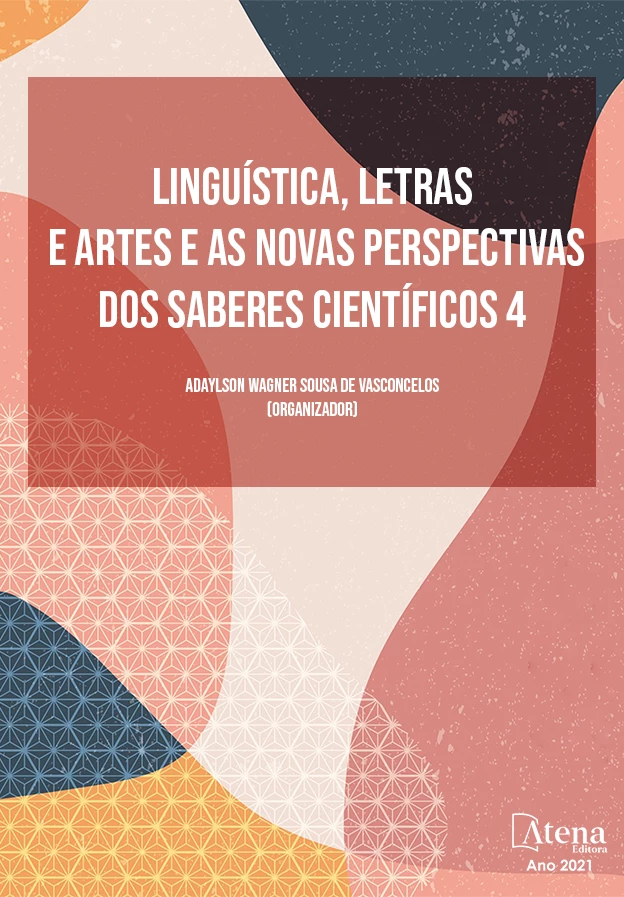
THE JANE AUSTEN’S “MANSFIELD PARK” (FILM vs NOVEL): A COMPARATIVE APPROACH BASED ON INTERSEMIOTICS OVERALL CONCEPTS
Na sociedade britânica do século 19, uma "boa mulher" deveria investir nos seus "talentos" domésticos e outras atividades que não aquelas desse escopo não eram bem vistas pela elite britânica da época, especialmente em relação à autoria de textos literários. Entre as escritoras inglesas do século 19, Jane Austen tornou-se uma porta-voz do universo feminino na literatura da época. Apesar de ter morrido jovem e ter concluído apenas seis romances, seus trabalhos têm sido amplamente discutidos e, mesmo depois de 200 anos, são inúmeras as adaptações para o cinema e a televisão. Este ensaio aborda a adaptação cinematográfica de Mansfield Park (1999), trazendo um breve relato da biografia da autora (Jane Austen); apresentando a trama e os personagens do filme, contextualizando-o historicamente a partir do livro homônimo de 1814, destacando os pontos em que a adaptação se afasta do original e, obviamente, apontando algumas conclusões sobre tais contrapontos a partir do campo da Intersemiótica. Mansfield Park (1814) é considerado por muitos estudiosos a narrativa mais profunda de Austen. A adaptação cinematográfica escrita e dirigida por Patricia Rozema se afasta do romance original em vários aspectos; enfatiza seus temas e ideias em uma abordagem diferente e alcança algo ainda mais atualizado para as questões atuais de nossa sociedade, sem perder, contudo, a essência deste clássico literário. Devemos receber Mansfield Park de Rozema como uma obra de arte independente, baseada no romance de Austen. As traduções intersemióticas ressignificam as obras tornando-as suscetíveis a diferentes interpretações. Não podemos comparar a transposição literária dos signos para o código audiovisual a partir dos débitos, mas observando que ambas foram capazes de expressar a essência do que o autor produziu. É nessa intersecção da intermidialidade que a obra de Jane Austen permanece viva e imortal.
THE JANE AUSTEN’S “MANSFIELD PARK” (FILM vs NOVEL): A COMPARATIVE APPROACH BASED ON INTERSEMIOTICS OVERALL CONCEPTS
-
DOI: 10.22533/at.ed.78621080320
-
Palavras-chave: intersemiótica, tradução, romance, filme, adaptação
-
Keywords: intersemiotics, translation, novel, film, adaptation
-
Abstract:
In Britain society of 19th century, a “good woman” should invest in her domestic “talents” and activities other than those of this scope were not well regarded by the elite of the British community at that time, especially with regard to the authorship of literary texts. Among English writers of the 19th century, Jane Austen became a spokeswoman for the female universe in the literature of that time. Despite having died young and completed only six novels, her works of have been widely discussed and, even after 200 years, there are countless adaptations for films and television. This essay addresses the film adaptation of Mansfield Park (1999) by giving a brief account of the author's biography (Jane Austen); presenting the film plot and characters, contextualizing it historically from the eponymous book of 1814, highlighting the points where the adaptation departs from the original and, obviously, pointing out some conclusions about such counterpoints based on the field of Intersemiotics. Mansfield Park (1814) is considered by many scholars to be the author's deepest narrative. The film adaptation written and directed by Patricia Rozema departs from the original novel in several respects, emphasizes its themes and ideas in a different approach and achieves something even more updated to the current issues in our society, but without losing the essence of this literary classic. We must receive Rozema’s Mansfield Park as an independent work of art based on the Austen’s novel’. Intersemiotic translations resignify the work making it susceptible to different interpretations. We cannot compare the literary transposition of signs to the audiovisual code by pointing out the debts, but by observing that both were able to express the essence of what the author has produced. It is at this intersection of intermidiality that Jane Austen's work remains alive and immortal.
-
Número de páginas: 11
- Priscila Porchat de Assis Murolo


